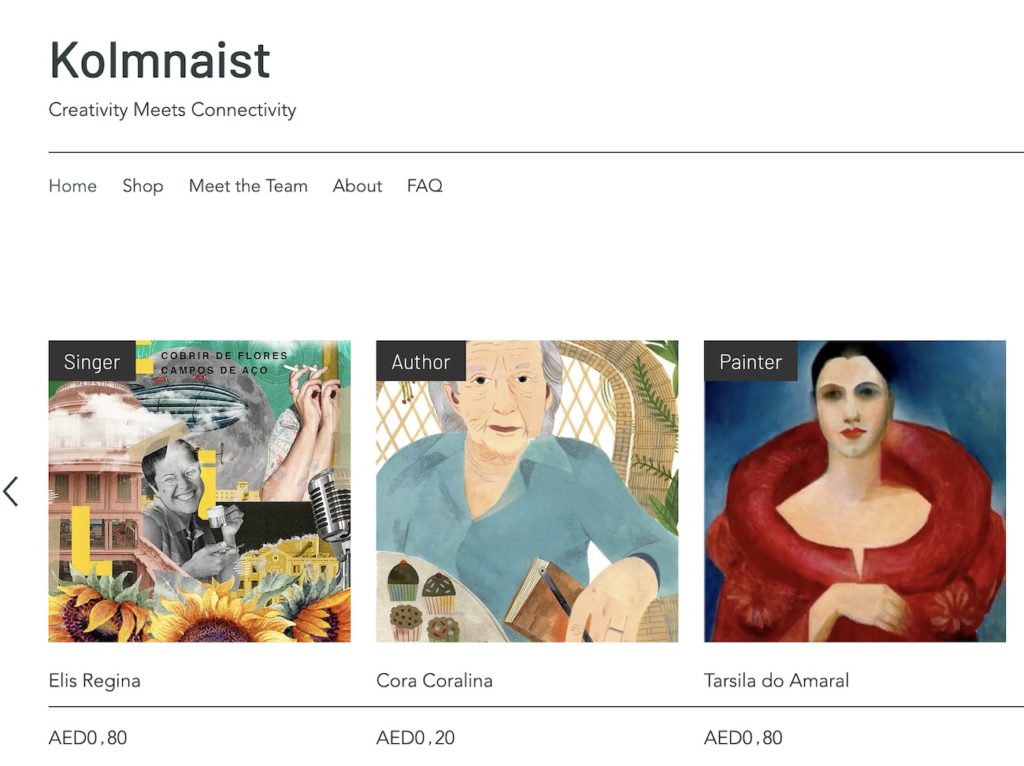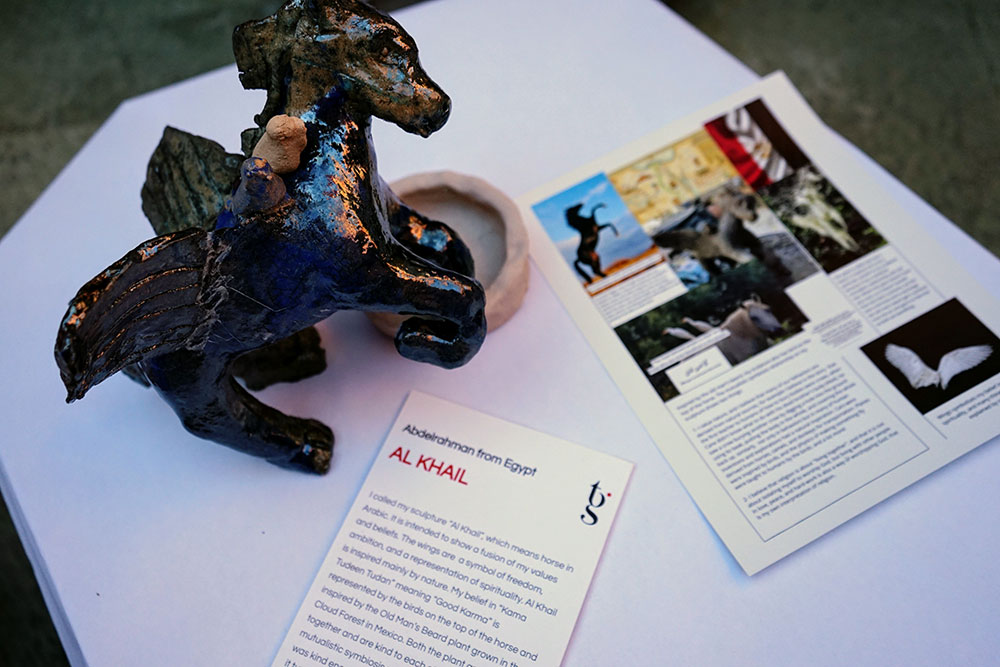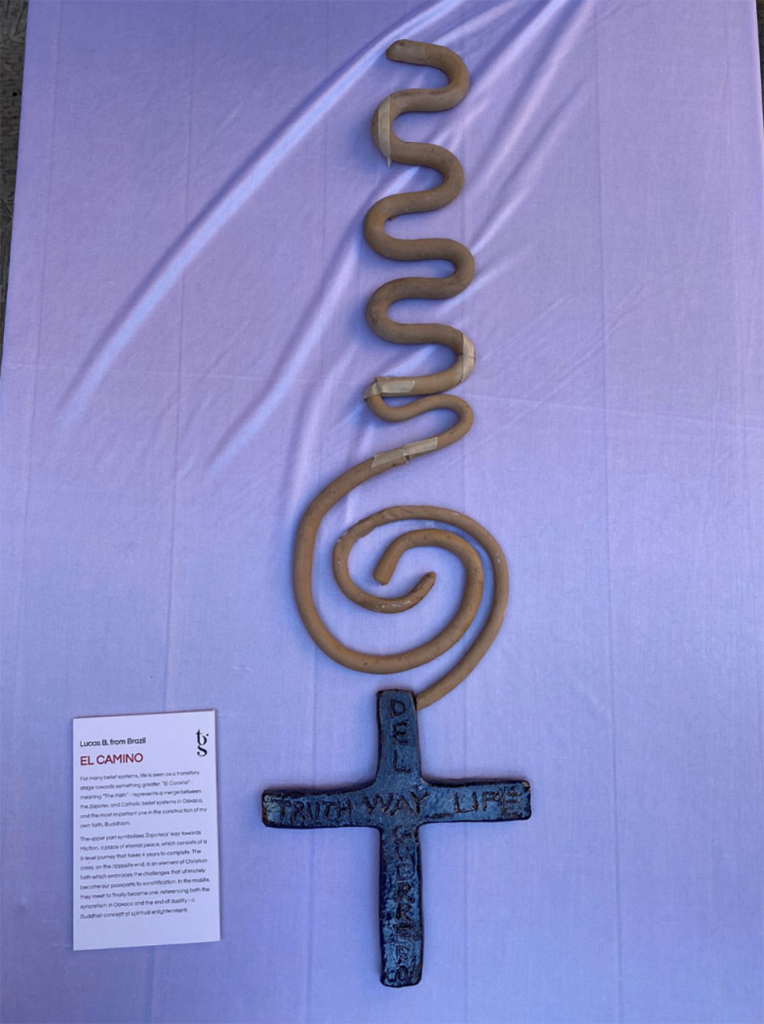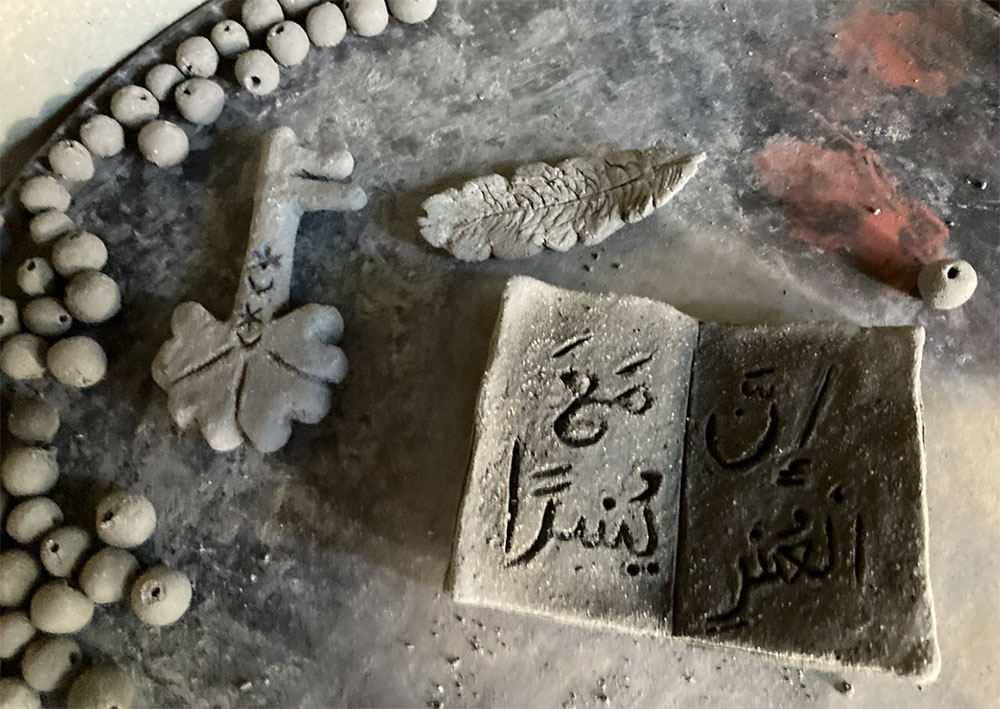View their project here: https://viktorial33.wixsite.com/kolmnaist/
Driving Question: How might we use blockchain technology to create future innovative ventures?
What were your goals for this module?
Helena: My biggest goal for the module was having good teamwork with my peers, learning about blockchain, and applying it to something I am really passionate about. Having an impactful final summative that showcases an issue is so important for our community, and I’m proud to see that we achieved all of them together.
Methini: For our module summative, my teammates and I designed a project called Kolmnaist, which means three women. The theme of our project was using blockchain technology to create an NFT collection that empowers women from India, Estonia, and Brazil.
My goal for this module was to understand what blockchain is and how it works because blockchain was a whole new topic for me. When we started learning about blockchain, all I could think about was its negative aspects, like affecting the environment and people. But later on, we explored how we can use blockchain for a positive impact.
Studying the fourth industrial revolution is genuinely a shock on how innovative the world is becoming.
What new things did you learn about yourselves?
Helena: I learned that I am actually very interested in exploring this technology that, at first, I didn’t think I was ever going to connect to.
Methini: I learned to develop my pitching skills and also realized that I’m not too fond of blockchain and its future roles in our day-to-day life.
What are your biggest takeaway lessons from this project?
Helena: I think I learned a lot about adversity and dealing with things going out of plan, but still being able to adapt and make the most out of it.
Methini: My biggest takeaway from this module is to be confident while pitching/presenting, have clear eye contact with the audience, and understand ways to use blockchain positively.



